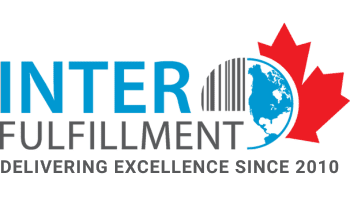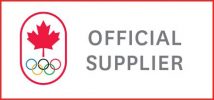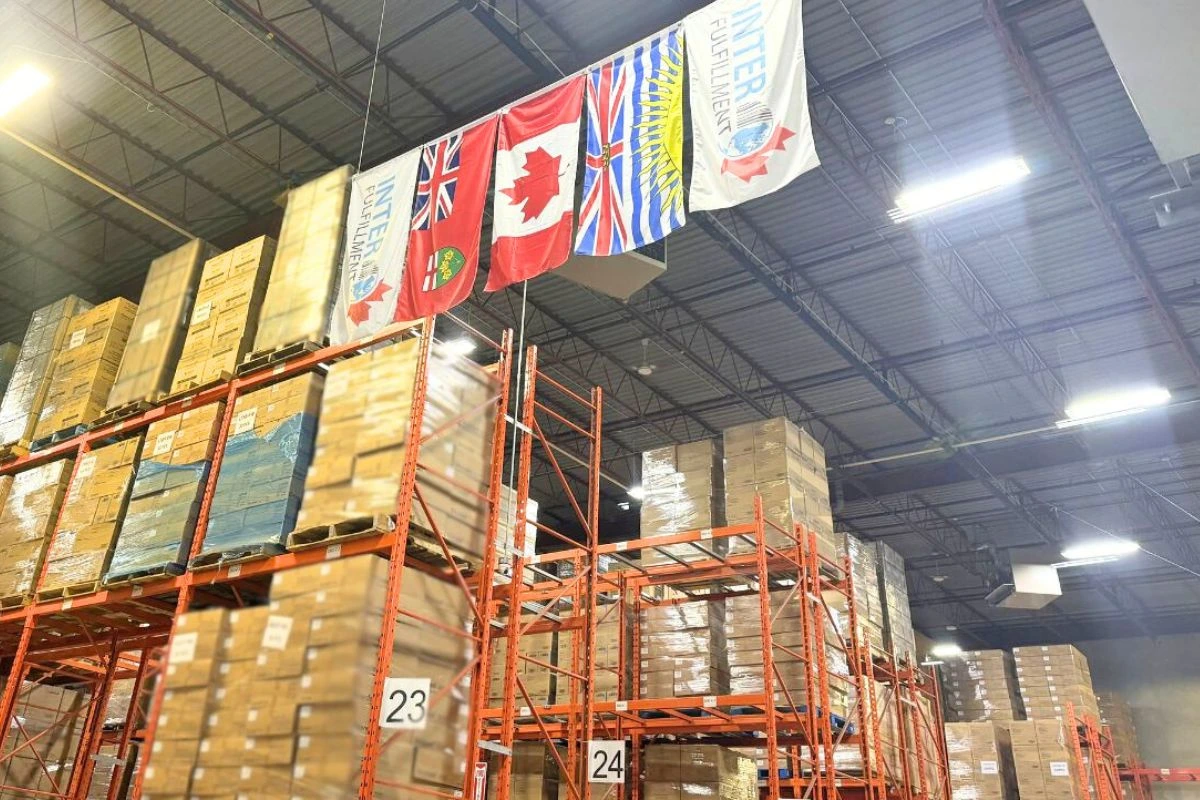In this discussion, Brandon Rollins, Director of Marketing at Fulfillrite, shares insights alongside InterFulfillment’s Adayra Lopez, Vice President of Sales, and Derek Antram, General Manager, to help businesses scale their 3PL (third-party logistics) networks efficiently while avoiding common mistakes.
How Many 3PLs Do You Really Need for Global Expansion?
When businesses consider scaling their ecommerce fulfillment globally, one key question often arises: how many 3PLs are enough? The answer lies in balancing order volume and regional demand.
“A good benchmark is at least 100 orders per region before partnering with a new fulfillment center,” Rollins explained. “Without steady demand, the costs—such as storage fees and splitting freight shipments—can quickly outweigh the benefits. If volume is low, it’s often smarter to ship from the region with the highest demand.”
Antram added, “Businesses need to avoid the temptation to expand too quickly. Splitting inventory across multiple fulfillment centers before the demand justifies it can create operational complexity and drive up costs. Scaling should be tied to sustainable growth, not just the desire for faster deliveries. In some cases, working with one trusted 3PL in a region is more efficient than opening multiple locations.”
What Factors Should Businesses Prioritize When Selecting the Right 3PL Partner? Proximity, Tech, and Flexibility
Choosing the right 3PL partner requires evaluating more than just location. While proximity to customers helps reduce shipping times and costs, technology and flexibility are equally important.
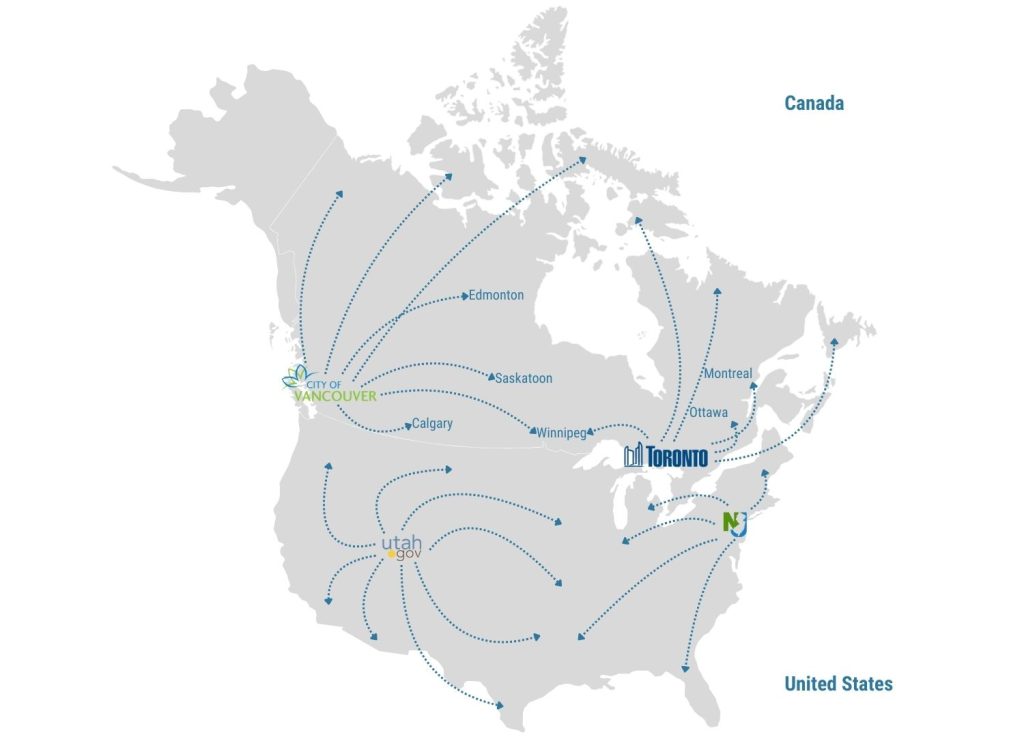
“Seamless technology integration is critical,” Rollins explained. “Your 3PL should work with your existing ecommerce systems—whether it’s Shopify, WooCommerce, etc—without requiring you to overhaul your setup. Switching platforms just to match a 3PL’s system isn’t worth the hassle and can cause serious disruptions.”
Lopez agreed, stressing the importance of future-proofing partnerships. “Businesses should also look for scalability. Partnering with a 3PL that has multiple facilities ensures that, as your business grows, you won’t need to constantly onboard new providers.”
Rollins added, “The right 3PL should be able to scale their services with you, seamlessly accommodating rising order volumes without disrupting fulfillment operations.”
When Is It Time to Expand Your 3PL eCommerce Fulfillment Network?
Expansion should never be reactive; instead, it should be based on data and customer feedback. Businesses need to monitor their shipping costs and delivery times before deciding to expand.
“If long-distance shipping is cutting into your profits, it’s time to evaluate whether placing inventory closer to key markets could save money,” Rollins explained. “But before committing, calculate whether the savings from reduced transit times will offset the costs of managing additional 3PLs.”
Antram added that customer complaints about delivery delays are another important factor. “If customers frequently express frustration with long shipping times, it’s likely your fulfillment setup isn’t meeting their expectations.”
Lopez offered a practical tip: “Expansion only makes sense if the cost savings are greater than the added complexity. Businesses should model different scenarios and consider both short- and long-term impacts before making a move.”
“Proud to welcome InterFulfillment as the Official Order Fulfillment Logistics Partner of Team Canada! The organization has already been an integral part of our success through back-to-back Olympic Games. Looking forward to building on that through Paris 2024 and beyond.”
David Shoemaker
Chief Executive Officer and Secretary General,
Canadian Olympic Committee
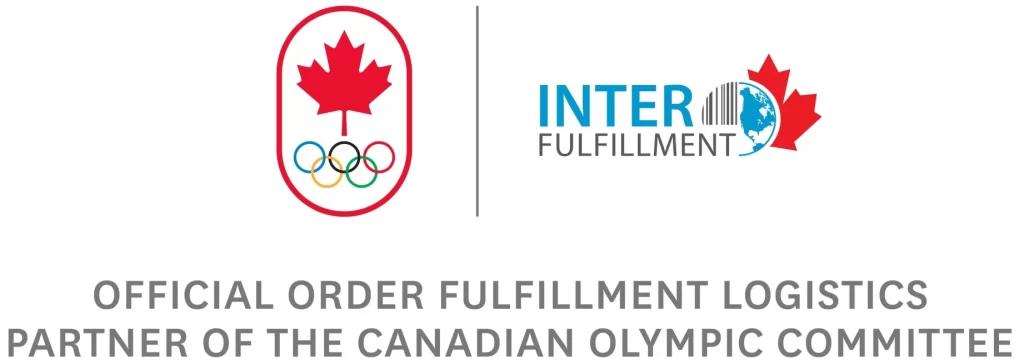

“We’ve partnered with InterFulfillment for many years, to manage our marketing fulfillment needs. Not only are they reliable and dependable to work with, but also trustworthy to ensure our goods and marketing products are in great care. I can always count on their team to deliver high-quality services with great customer service.”
Young Lee
Marketing Director, GoDaddy Canada
Overcoming Common Challenges When Scaling Ecommerce Fulfillment
Expanding into new regions brings challenges, especially when it comes to inventory management and international shipping errors.
“When you’re managing multiple fulfillment centers, it’s easy to end up with stockouts in one region and overstock in another,” Rollins explained. “And international orders introduce even more complexity. Customs forms, duties, and regulations can cause delays and drive up costs if not handled properly.”
Lopez highlighted the importance of strategic inventory placement. “Positioning inventory closer to customers reduces shipping distances and minimizes international complications. But without centralized control, businesses can lose visibility over stock and run into unexpected issues.”
Antram agreed, adding, “This is where centralized inventory management systems become essential. They help businesses track stock levels and shipments in real time, ensuring smoother operations across regions.”
How Multiple 3PLs Can Reduce Delivery Times and Costs?
A global fulfillment network with regional 3PLs can significantly improve delivery times and reduce overall shipping costs. Shorter shipping distances not only allow orders to reach customers faster but also lead to savings on postage and other transport-related expenses.
“Shorter transit times are a major advantage,” Rollins noted. “For many businesses, shifting inventory to regional fulfillment centers can cut days off delivery times, which directly impacts customer satisfaction.”
Antram emphasized that the faster deliveries translate to higher customer retention and brand loyalty. “Happy customers are more likely to leave positive reviews and make repeat purchases, which is crucial for long-term growth. However, businesses need to balance this with the costs of maintaining multiple fulfillment locations.”
The Role of Technology: Automation and Centralized Management
Managing multiple 3PLs requires a robust technology infrastructure to centralize inventory, track orders, and optimize routing. Without it, businesses risk inefficiencies and costly errors.
“Platforms like Extensiv help businesses gain real-time visibility over their global inventory,” Rollins said. “This ensures stockouts and overstocking are minimized, and orders are automatically routed to the appropriate 3PL based on location.”
Lopez emphasized that automation eliminates errors and improves efficiency. “For example, Canadian orders can be automatically routed to InterFulfillment’s Canadian facilities, while US-based orders go to Fulfillrite. This streamlines the fulfillment process without manual intervention, ensuring that customers get their products as quickly as possible.”
Antram agreed, adding, “Automation helps businesses focus on growth instead of getting bogged down in operational bottlenecks.”
Common Mistakes to Avoid When Expanding Your Fulfillment Network
Scaling fulfillment globally is exciting, but businesses can run into problems if they move too quickly or overlook key factors.
“The most common mistake we see is expanding without steady demand,” Rollins shared. “Businesses decide to partner with a new fulfillment center in a region hoping the volume will grow, but without sufficient orders, they end up paying for underused storage and higher operational costs.”
Another frequent issue is poor system integration. Adayra explained, “Using different platforms for each 3PL creates inefficiencies and increases the likelihood of errors. Businesses should invest in a unified platform to manage inventory, orders, and shipments.”
Brandon also stressed the importance of due diligence. “Don’t rush to onboard a new 3PL just because they’re available in a region you want to target. Evaluate their capabilities, costs, and service quality before making a commitment.”
Key Metrics to Track for Successful Global Fulfillment
Tracking the right metrics is essential to ensure that a growing 3PL network delivers measurable results. The key indicators include:
- Order Accuracy: Ensure that the correct items are shipped to the right addresses to maintain customer trust.
- On-Time Delivery: Late deliveries can damage a business’s reputation and lead to lost sales.
- Cost per Order: Evaluate whether the savings from faster deliveries and reduced shipping distances outweigh the added expenses of managing multiple 3PLs.
- Customer Satisfaction Metrics: Use tools like reviews, surveys, and NPS (Net Promoter Score) to gauge how well your fulfillment strategy is meeting customer expectations.
Final Thoughts: Scale Smart, Grow Strategically
Scaling ecommerce fulfillment globally is a major milestone for any business, but as Brandon pointed out, scaling smart is more important than scaling fast. Expanding without proper planning can lead to higher costs and customer dissatisfaction.
“By focusing on demand, proximity to key markets, and technology integration, businesses can build a global 3PL network that enhances both profitability and customer experience,” Rollins concluded. With trusted 3PL partners like Fulfillrite and InterFulfillment, businesses can confidently expand their ecommerce operations and unlock new markets without compromising on service quality.
